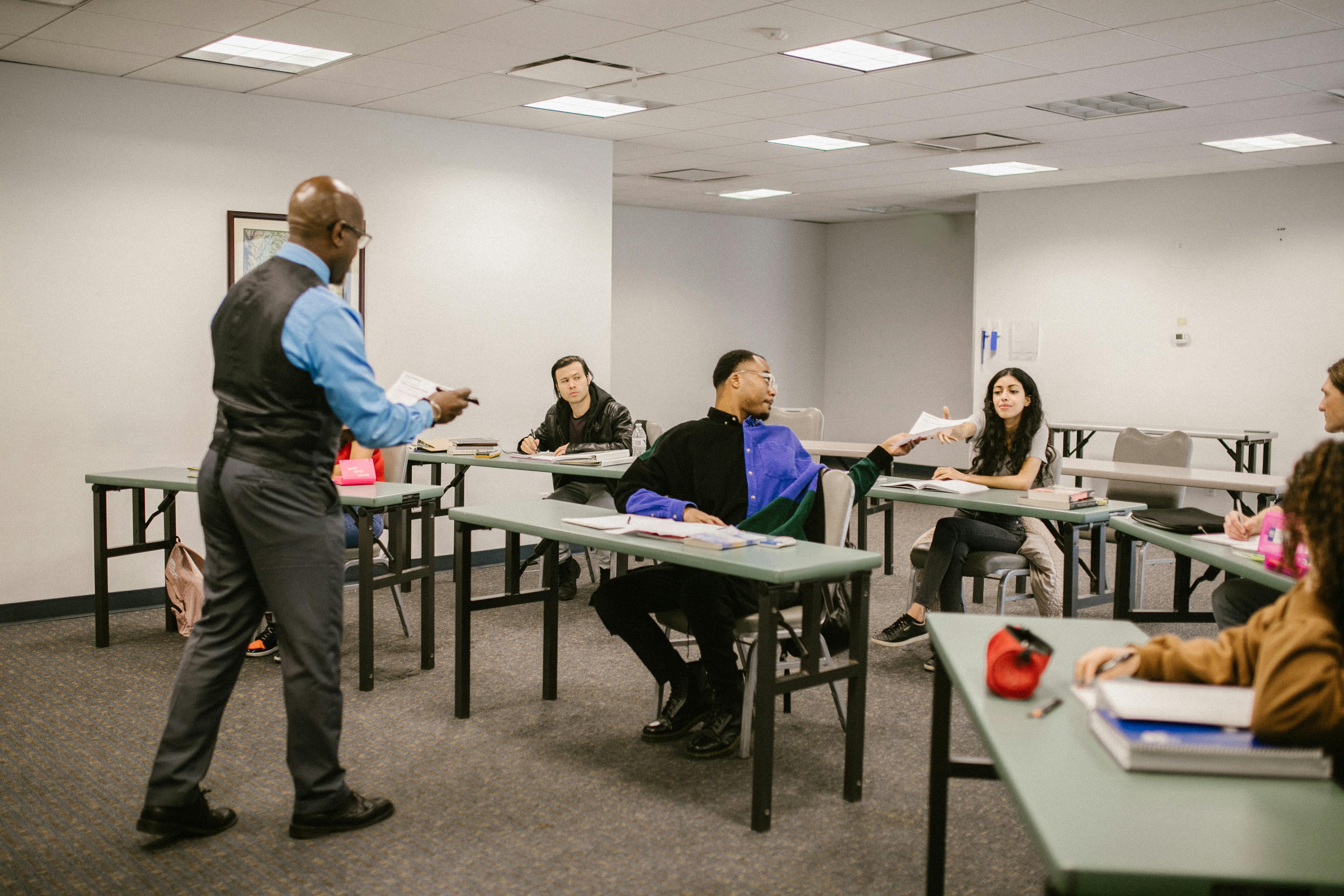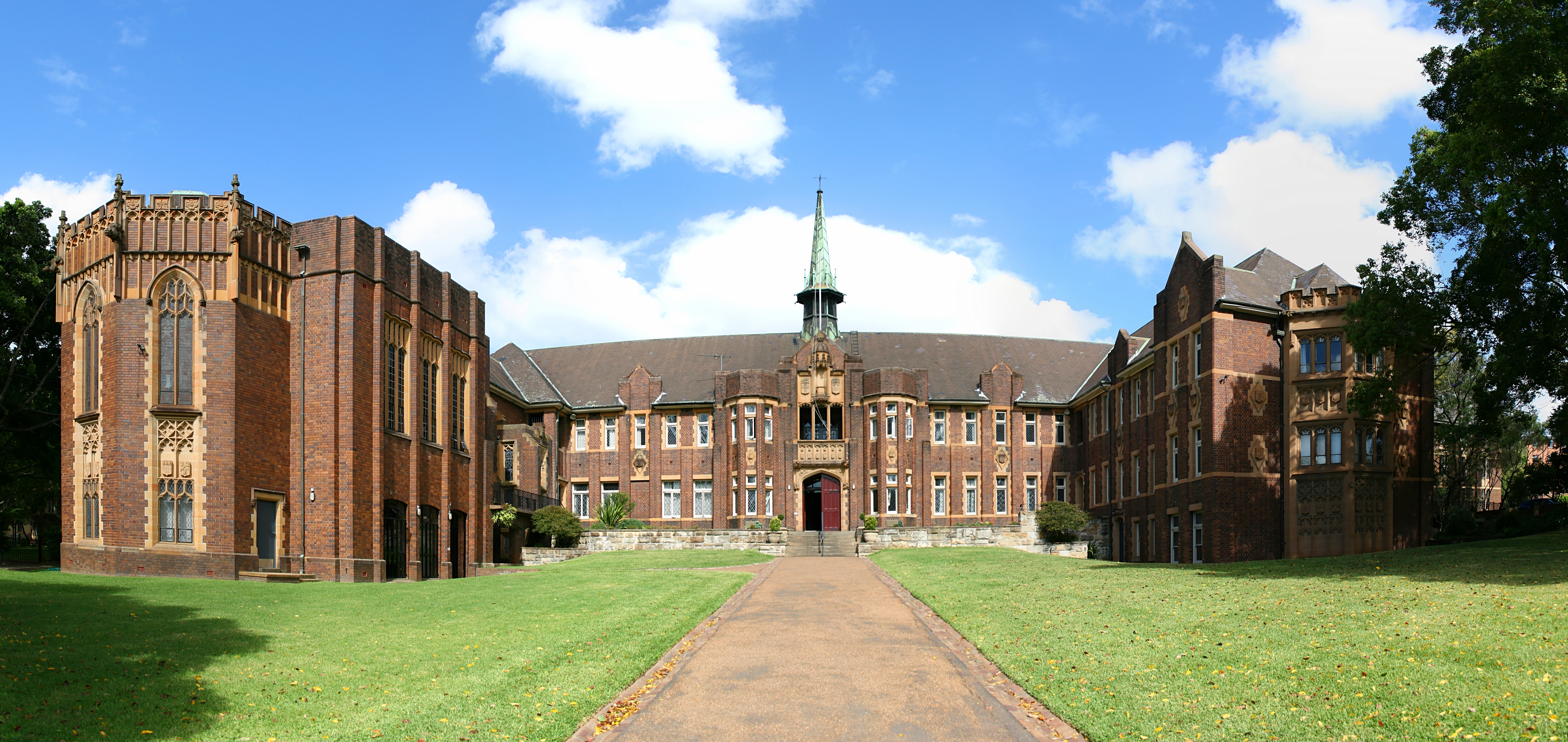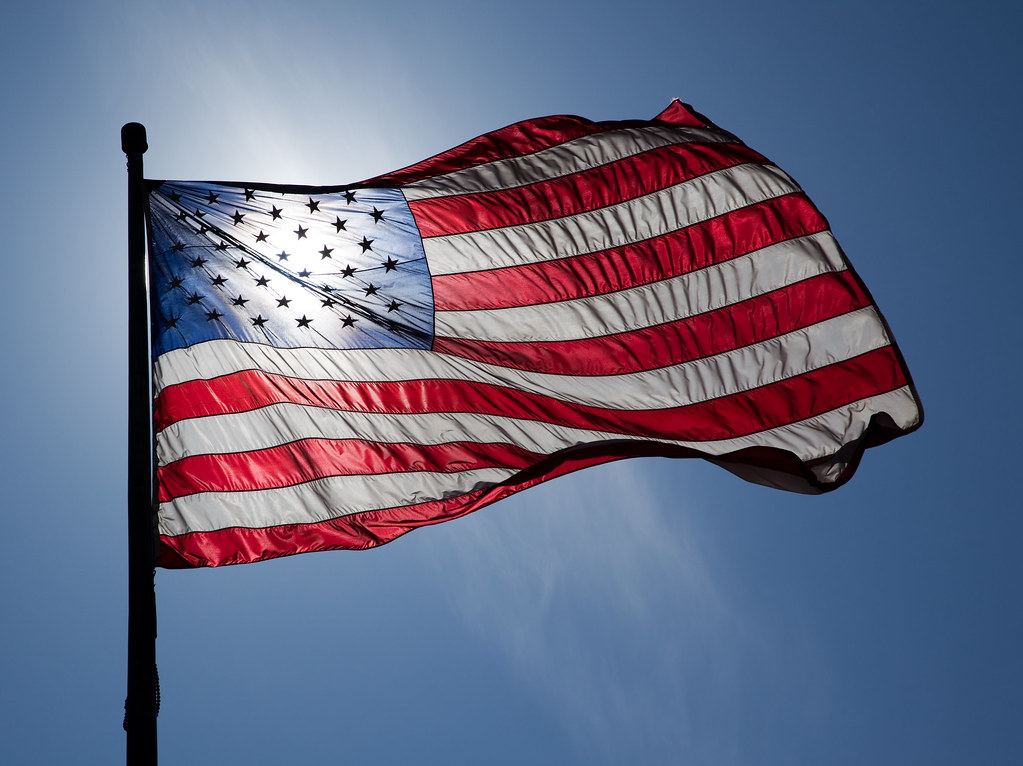College enrollment is crucial for personal development and career opportunities. When many applicants hold multiple university offers, they always choose the best one. Those who are not selected will become tearful back-ups. While the acceptance rate is an important indicator of whether a college is good or not, the enrollment rate is an even more excellent indicator of whether a college is a student’s first choice. The University of Chicago, Massachusetts Institute of Technology, Harvard University and Stanford University topped the list with enrollment rates above 80%, but there are still some U.S. colleges with declining enrolment.
Why is College Enrollment Declining?
1. Rising Cost of Higher Education
Cost-of-living expenses in the US have been rising significantly, affecting the cost of housing, books, and food. Besides, High tuition fees discourage potential students from pursuing a university education. This financial strain is felt by students and families who often bear the burden of funding higher education, leading to a recalibration of priorities and consideration of alternative educational paths. This affects individual choices and limits diversity and access to higher education for underprivileged groups.
2. the Demographic Shift
The decline in high school graduates impacts college enrollment rates, creating a competitive environment for universities to attract fewer prospective students. To sustain enrollment numbers, institutions are innovating by offering flexible learning options, targeting non-traditional students, and recruiting internationally. Moreover, With a significant portion of some colleges’ student bodies being international students, sudden shifts could have ripple effects on enrollment numbers and revenue.
3. Emerging of Online Learning Platforms
The traditional route of going to college is becoming less popular as online learning platforms and alternative credentialing systems gain more traction. These newer options offer students more flexibility and are often better suited to the needs of the job market. As a result, colleges and universities are facing challenges and need to make changes to stay relevant. They must innovate and revise their value propositions to meet the demands of today’s learners.
Top 10 U.S. Colleges with Declining Enrolment Figures
Here, we have listed 10 U.S. colleges with declining enrolment rates but highly ranked. They are as follows:
1. Wesleyan University
Wesleyan University, founded in 1831, is among the oldest Methodist colleges in the US. It is known for experimenting with coeducation and offering 200 student organizations. Almost 50% of students participate in study abroad programs across 50 countries. Wesleyan University sets ED1, ED2, and RD. Because ED is bound, the low enrollment rate is mainly caused by RD. The reputation of Wesleyan University is not as challenging as other similar schools, so fewer students choose it.
U.S. News Rank: 11 in National Liberal Arts Colleges (tie)
Enrollment rate: 31.54%
Location: Middletown, CT
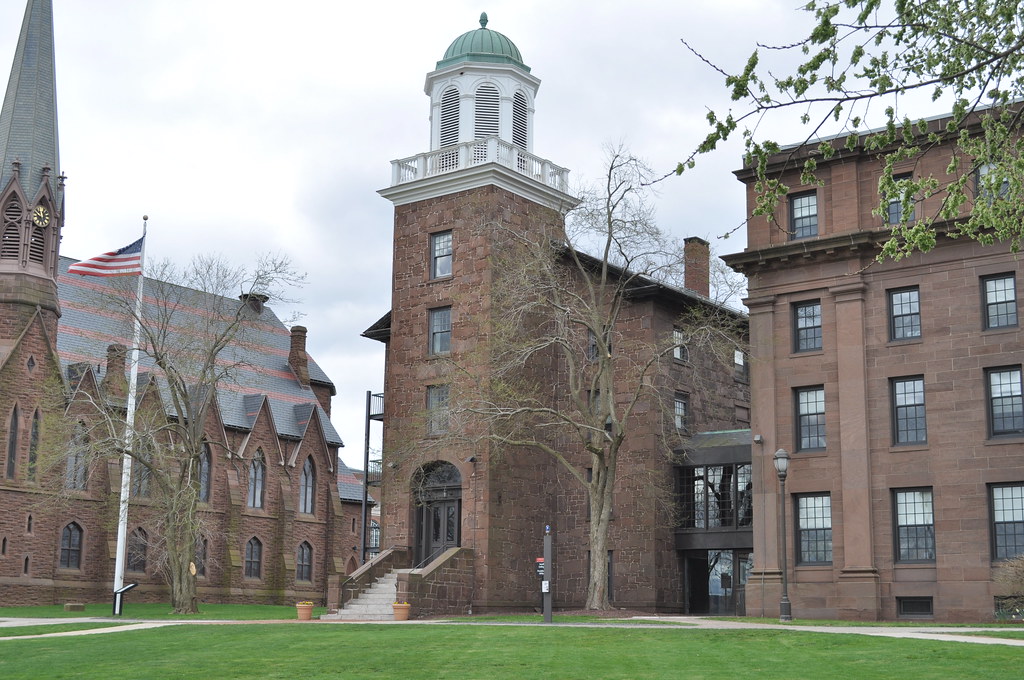
2. University of Wisconsin-Madison
The University of Wisconsin-Madison is a public institution with a 936-acre campus. its in-state tuition and fees is 11,205, and out-of-state tuition and fees is $40,603. This university is always called the safest school because it is one of the few top 50 schools that open EA. Many people will choose to apply for it in the early application stage. Still, some people are admitted to ED schools; students who are not admitted to ED schools may also get off in ED2 or get a better offer in the RD stage.
U.S. News Rank: #35 in National Universities (tie)
Enrollment rate: 28.94%
Location: Madison, WI
3. Lehigh University
Founded in 1865, Lehigh University has 2,355 acres; the tuition and fees of the university are $62,180. Lehigh University has four colleges with numerous undergraduate and graduate programs. It is worth mentioning that The Jeanne Clery Disclosure of Campus Security Policy and Campus Crime Statistics Act originated at Lehigh University and requires universities to disclose crimes on campus. It also makes American universities more transparent. Lehigh University has ED1, ED2, and RD. Like Wesleyan University, it has a low acceptance rate due to RD and may still suffer in terms of reputation and strong majors.
U.S. News Ranking: #47 in National Universities (tie)
Enrollment: 28.41%
Location: Bethlehem, PA
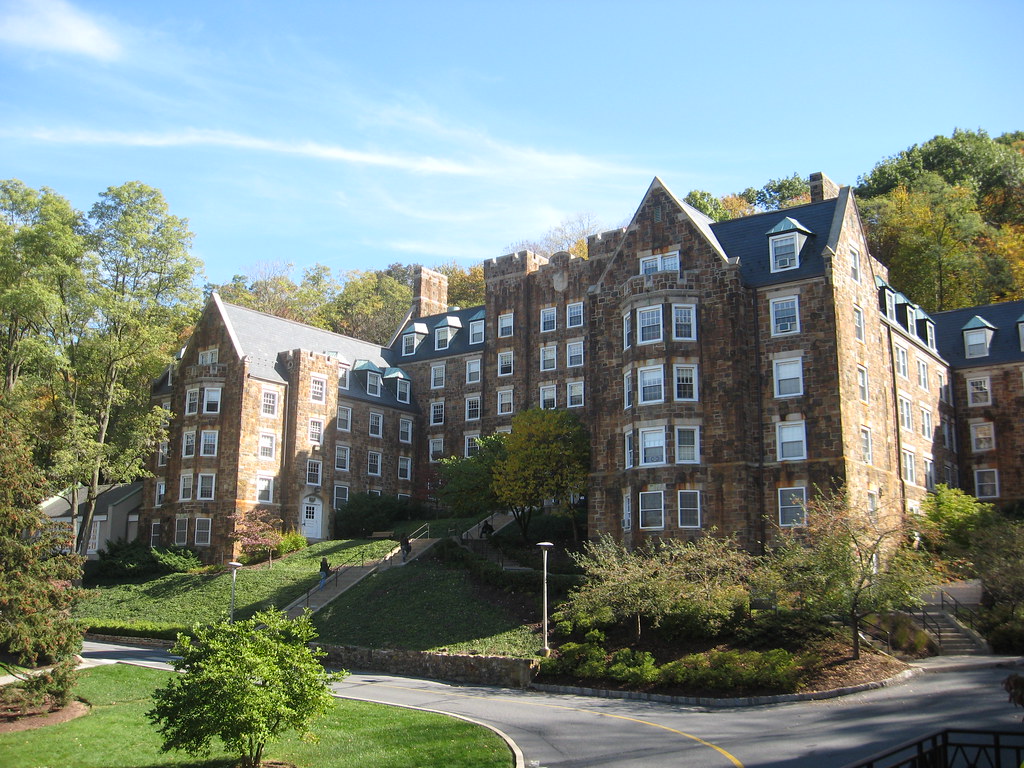
4. William & Mary
The College of William and Mary is a public institution founded in 1693 and is the second oldest college in the United States. It has a suburban campus on 1,200 acres and offers more than 30 undergraduate programs and more than ten graduate and professional degree programs. Freshmen are required to live on campus, and most upperclassmen choose to do so as well. However, the school is currently facing a decline in enrollment due to a decrease in the number of births around 2008, but it is taking measures to improve the situation.
U.S. News Ranking: #53 in National Universities (tie)
Enrollment rate: 28.20%
Location: Williamsburg, VA
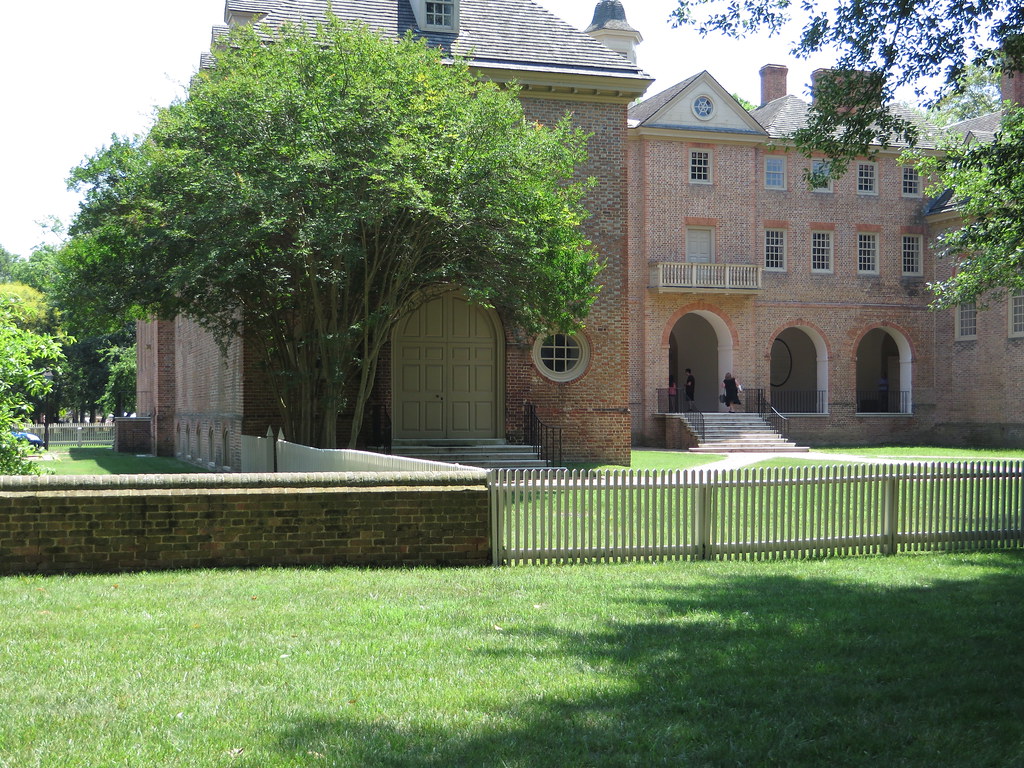
5. University of Washington
The University of Washington campus is 634 acres and has more than 150 years of history. In-state tuition and fees here are $12,643, and out-of-state tuition and fees are $41,997. The University of Washington is one of the oldest public universities on the West Coast. This research institution receives federal funding every year and organizes an annual seminar for undergraduates to present their work.
U.S. News Ranking: #40 in National Universities (tie)
Enrollment rate: 26.39%
Location: Seattle, WA
6. Purdue University
Purdue University was founded in 1869 and covers 2,468 acres with in-state tuition and fees of $9,992 and out-of-state tuition and fees of $28,794. Purdue University’s West Lafayette campus is the main campus of the Purdue University system. Purdue University comprises 13 schools and colleges, many serving undergraduate and graduate students. A significant number of students admitted to the school are Indiana students, but the proportion of Indiana students going to college has declined; Purdue University is in a better situation among the state’s universities, and enrollment is relatively stable.
U.S. News Ranking: #43 in National Universities (tie)
Enrollment rate: 25.50%
Location: West Lafayette, IN
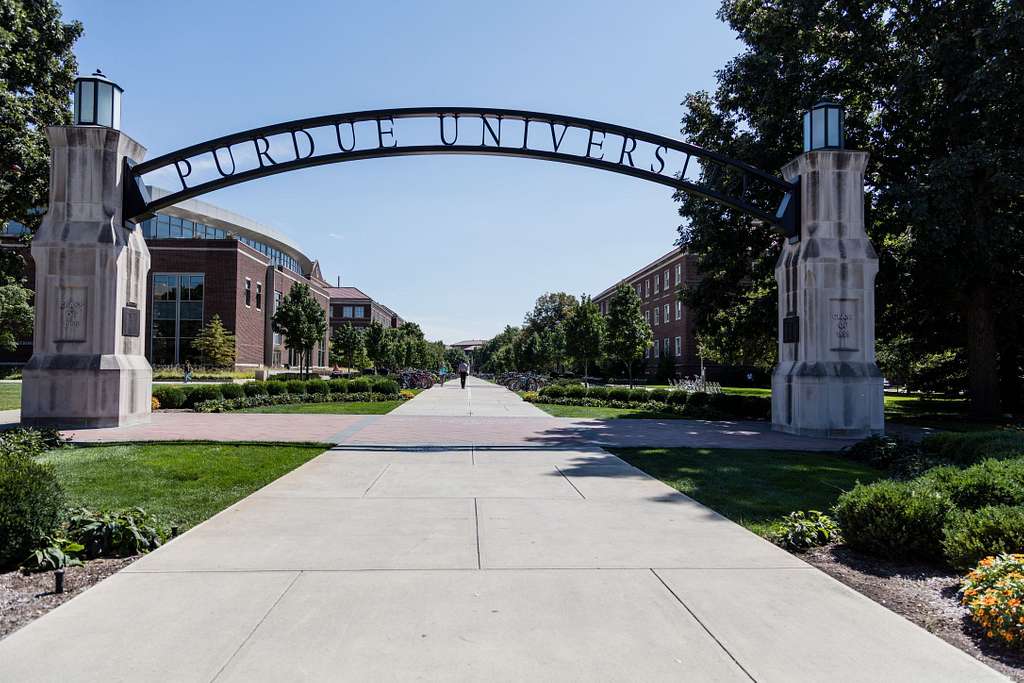
7. University of California, San Diego
UC San Diego was established in 1960 and has a 1,976-acre campus with in-state tuition and fees of $16,056 and out-of-state tuition and fees of $48,630. UC San Diego includes six undergraduate schools, five academic departments, and five graduate and professional schools, with its School of Medicine and Jacobs School of Engineering at the forefront. Each branch school has a different application system, bringing an impact on each other. UCB, with a 45.58% enrollment rate and UCLA, with a 51.70% enrollment rate, are the two major winners. Comparatively, the enrollment rate of other several schools is not good.
U.S. News Ranking: #28 in National Universities (tie)
Enrollment rate: 22.54%
Location: La Jolla, CA
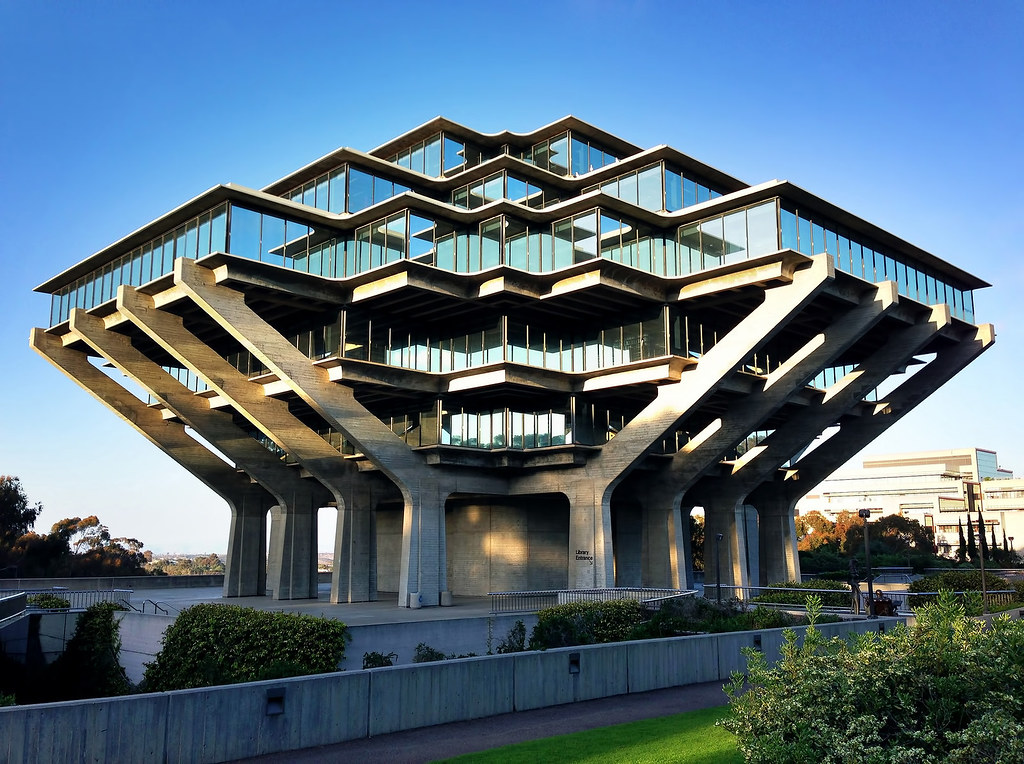
8. University of California, Irvine
The University of California at Irvine is located on 1,475 acres of suburban land. The in-state tuition and fees are $15,185, and the out-of-state tuition and fees are $47,759. UC Irvine partners with the top-ranked UC Irvine Medical Center for research in areas such as cancer and neuroscience. Students can participate in more than 500 student organizations outside class, including nearly 50 fraternities and sororities.
U.S. News Ranking: #33 in National Universities (tie)
Enrollment rate: 21.79%
Location: Irvine, CA
9. University of California, Davis
The University of California Davis was founded in 1905. It has a 5,300-acre campus, and $15,266 in-state tuition and fees, and $46,043 out-of-state tuition and fees. Davis’s agronomy and zoology-related programs at UC are excellent. Undergraduates can study at the College of Arts and Sciences, the College of Engineering, the College of Biological Sciences, or the College of Agricultural and Environmental Sciences.
U.S. News Ranking: #28 in National Universities (tie)
Enrollment rate: 15.36%
Location: Davis, CA
10. Case Western Reserve University
Case Western Reserve University is a private institution esteblished in 1826, with a campus area of 267 acres, tuition and fees of $62,234. Known for its world-class research, Case Western Reserve University has more than 200 student organizations that offer students plenty of opportunities to get involved outside the classroom. Case Western Reserve University has EA, ED1, ED2 and RD, which attracts many applicants, but most of them choose it as a guaranteed college for a better one.
U.S. News Ranking: #53 in National Universities (tie)
Enrollment rate: 13.79%
Location: Cleveland, OH

Conclusion
The enrollment rate reflects not just the quantity but also the quality of the educational experience. When choosing universities, it’s crucial to consider how an institution’s enrolment rate aligns with one’s educational needs and aspirations. Knowing the reasons for declining enrolment can help applicants make more suitable choices. The figures of the 10 top U.S. colleges with declining enrolment we mentioned above can be a reference for choosing universities.
FAQ
Is US college enrollment declining?
According to statistics from the National Student Clearinghouse Research Centre, college enrollment increased by 0.5% (22,000 students) in spring 2023, primarily due to younger students, while undergraduates at public and private nonprofit four-year institutions continue to decline at slower rates.
What is the difference between enrollment rate and acceptance rate?
The acceptance rate: the proportion of applicants who are actually accepted and offered. In most cases, the better the universities, the more applicants they have. However, the number of applicants is limited, so the acceptance rate is naturally low.
The enrollment rate: the ratio of admitted students who choose to enrol the institution. This figure can provide insights into the institution’s appeal and students’ preferences. The higher the enrollment rate of new students, the more popular the school is with students and parents.
Why is there declining enrollment in CA univeristies?
1. Rising tuition fees and the increasing cost of living in California
2. The competitive nature of admissions at California’s top universities
3. lingering effects of the pandemic

